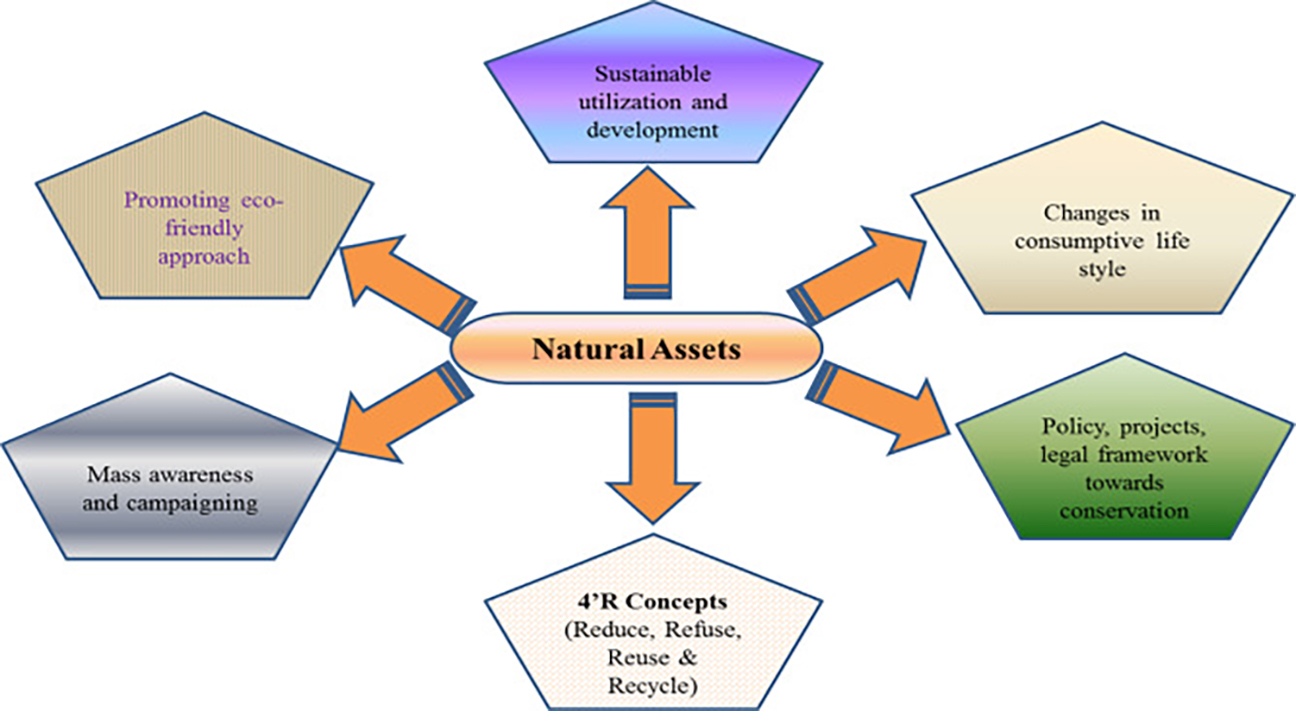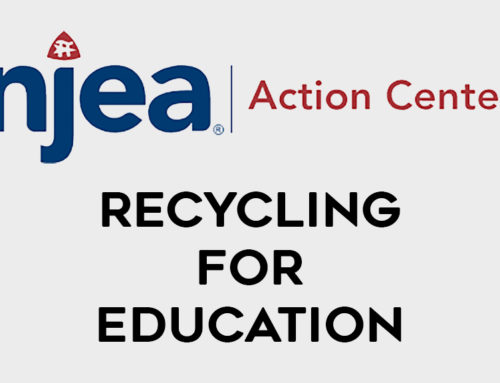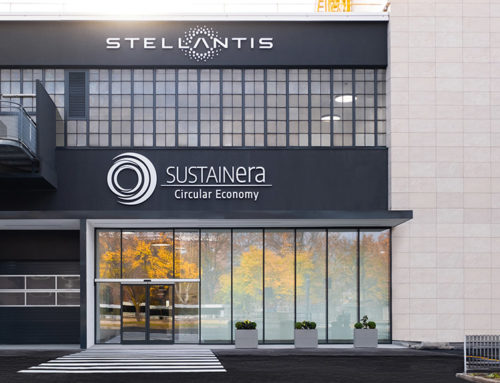In a world where the demand for resources is constantly on the rise, resource conservation has emerged as a critical pillar of sustainability. This practice involves the efficient and ethical use of resources, including water, energy, and raw materials. Exploring the significance of resource conservation with practical examples shows how your company can make a meaningful impact by implementing simple sustainable choices.

Understanding Resource Conservation:
Resource conservation is about more than just saving money—it’s about safeguarding the planet and ensuring that future generations inherit a world rich in resources. By using resources efficiently and ethically, your company can reduce waste, minimize environmental impact, and contribute to a more sustainable future. Here are some proven tangible ways in which resource conservation can be put into action:
Install Low-Flow Faucets and Water-Efficient Toilets:
Water is a finite resource, and every drop counts. Installing low-flow faucets and water-efficient toilets is a simple yet impactful step toward conserving water. These fixtures reduce water consumption without compromising performance, saving both water and money.
Reduce Landscape Water Use:
Landscaping can be a thirsty endeavor, especially in arid regions. By choosing drought-resistant plants, implementing efficient irrigation systems, and using mulch to retain moisture, businesses can significantly reduce landscape water use while remaining eye catching and impressive from the street.
Engage Employees to Be More Conscientious:
In the workplace, engaging employees in resource conservation efforts is crucial. Encourage staff to turn off lights, computers, and other equipment when not in use. Instill a culture of responsibility and mindfulness to minimize energy waste.
Install Automatic Light Shut Offs:
Automatic light shut-off systems can be a game-changer in commercial spaces. They ensure that lights are turned off when areas are unoccupied, reducing energy consumption and lowering utility bills.
Use Energy-Efficient Light Bulbs:
Swapping out traditional incandescent bulbs for energy-efficient alternatives like LED or CFL bulbs is a small change with big rewards. These bulbs use significantly less energy and have a longer lifespan, reducing the need for frequent replacements.
Reduce Scrap Material During Production:
Waste reduction in manufacturing processes is a crucial facet of resource conservation. By optimizing production methods, recycling materials, and minimizing scrap, industries can save resources and reduce their environmental footprint.
Resource conservation isn’t a lofty goal; it’s a practical and achievable mission for everyone. In the workplace, we all have a role to play in using resources efficiently and ethically. The examples provided here offer just a few easy, yet tangible ways to embrace resource conservation in your companies daily activity.






